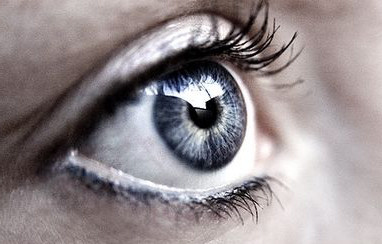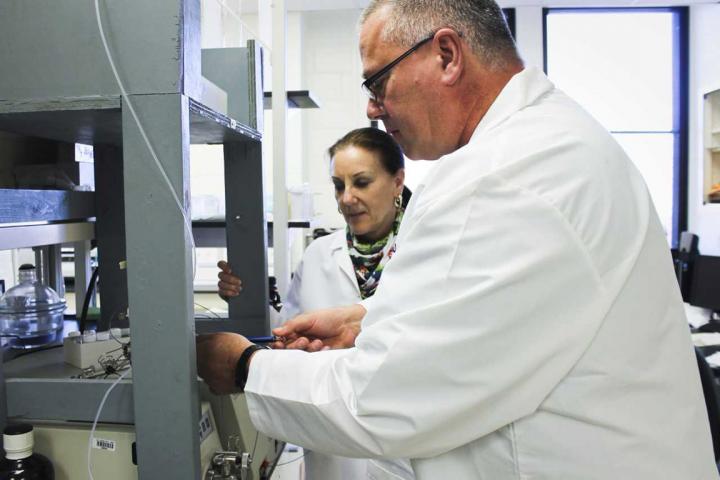Researchers at Washington University in Seattle are developing a contact lens that could project text and images before your very eyes. It remains somewhat speculative, to be sure. But a group of researchers has made advances towards a Terminator-like era of augmented vision. Researchers at the University of Washington in Seattle recently established that their “bionic contact lenses,” which could someday stream text and images right in front of their wearer’s eyeballs, are “safe and feasible,” reports BBC News. Safety tests in rabbits have shown no ill effects, meaning research will continue.
How would such a device work? After all, it’s difficult to focus on something held too close to your nose, let alone something projected directly on your eye. The researchers, led by Professor Babak Parviz, have already solved this problem, in collaboration with researchers at Aalto University in Finland. By adapting the lenses to shorten the focal distance, your eyes don’t have to strain to focus on something impossibly close. “You won’t necessarily have to shift your focus to see the image generated by the contact lens,” Parviz explained to New Scientist.
The device is still best characterized as a prototype, and a rough one at that. The microcircuitry only is enough to support one light-emitting diode. Still, that hasn’t prevented the team from dreaming big about various possibilities: for computing, gaming, and entertainment, among others. A bionic lens would be the ne plus ultra of heads-up displays, effectively. It would be, in fact, a heads-anywhere display.
It’s fun to speculate on the ways people might use the device to augment their lives. The first uses of bionic contact lenses, though, would be medical. Indeed, a company called Sensimed already produces “smart contact lenses” to help diagnose eye disease and gather data to inform decisions about drug delivery. Powered by a loop antenna taped to the patient’s face, the Triggerfish lens launched commercially in September of 2010, according to New Scientist.
Medical uses–for diabetes patients–likewise are a major focus of the Parviz et al. project. The lenses have sets of electrodes that push current through tear fluid, detecting tiny amounts of glucose. In other words, the lenses would function as sensors sooner than screens. “We see the eye not only as a window to the outside world, but actually a window into the body also,” Parviz said in this ScienCentral report from 2008.
Medical applications wouldn’t need to end there. As commenter jhertzberg wrote on a post of mine from last summer on bionic vision for the blind: “As someone with Retinitis Pigmentosa, my particular impairment is the loss of peripheral vision. I want the equivalent of a heads-up display, presented to my central vision, of objects approaching from the periphery.”
There’s clearly a market for such a device. And while the thing still seems almost too fantastical to believe, researchers say it’s inching towards reality. As Parviz has said: “Even though they sound like science fiction, they’re feasible.”
Story Source:
The above story is reprinted from materials provided by Technologyreview, David Zax





